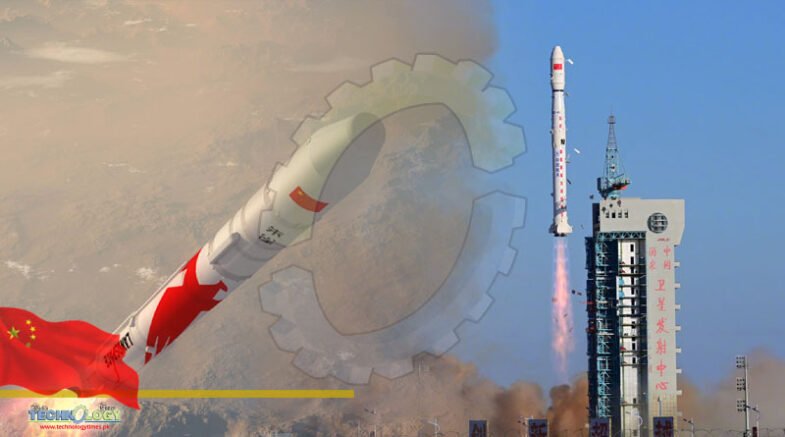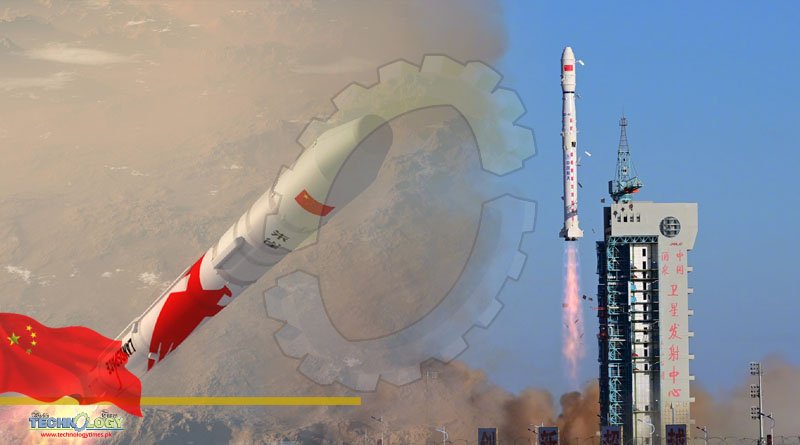Despite the failure of Zhuque-2, the mission continues to demonstrate the rapid progress being made by China’s space program, both in terms of national and commercial capabilities.

The Zhuque-2 rocket, developed by Beijing-based company Landspace, lifted off Wednesday (Dec. 14) on the first-ever orbital mission of a methane-fueled launcher and China’s first liftoff of a commercially developed liquid propellant rocket. Despite the high hopes for the historic mission, it appears that Zhuque-2 failed to reach orbit and lost the 14 satellites it carried.
The launch took place at China’s Jiuquan Satellite Launch Center in the Gobi Desert at 3:30 a.m. EST (0830 GMT) on Wednesday and was intended to place a variety of commercial satellites into sun-synchronous orbit. According to reports, however, the rocket’s second stage failed, resulting in a mission failure and the loss of all satellites.
China’s space agency has yet to issue an official statement about the launch. However, footage appeared on Twitter after launch that seems to suggest there was an anomaly with the rocket’s second stage that prevented Zhuque-2 from reaching orbital velocity.
Snapshots taken from Chinese launch coverage appear to show the rocket’s first stage performing well, but that a severe loss of altitude and speed happened roughly five minutes into the flight. Landspace is already working on a second Zhuque-2 rocket, but it isn’t yet known when another launch attempt will be made.
Despite the failure of Zhuque-2, the mission continues to demonstrate the rapid progress being made by China’s space program, both in terms of national and commercial capabilities. China is nearing 60 successful launches under its belt for 2022, and recently completed its T-shaped Tiangong space station.
Zhuque-2, which translated to “Vermillion Bird-2,” was powered by gas generator engines and was capable of delivering a 6,000-kilogram payload capacity to a 200-kilometer low Earth orbit (LEO), or 4,000 kilograms to 500-kilometer sun-synchronous orbit (SSO). The Methane Fueled Rocket had the diameter of 3.35 meters—the same as a number of national Long March rockets—-a total length of 49.5 meters, a take-off mass of 219 tons and producing 268 tons of thrust .
Chinese private space firms have made progress this year as well, as more launch providers have begun to place payloads in orbit on behalf of the state-owned China Aerospace Science and Industry Corporation (CASIC).
The China Aerospace Science & Industry Corporation Limited (CASIC) is a Chinese state-owned enterprise that designs, develops and manufactures a range of spacecraft, launch vehicles, strategic and tactical missile systems, and ground equipment.
Originally published at Space.Com
